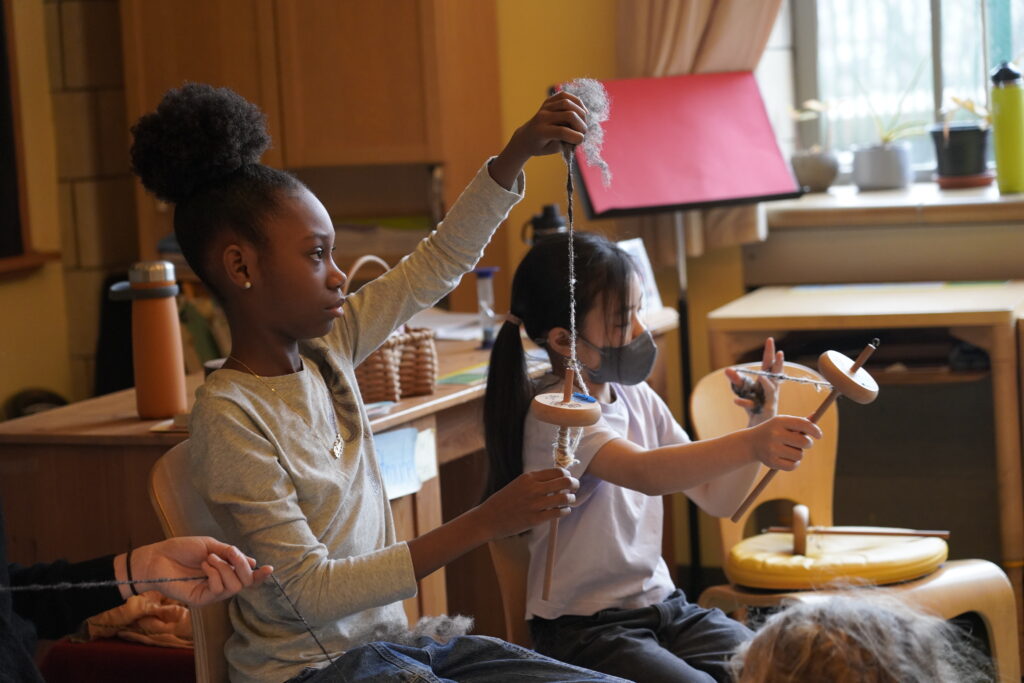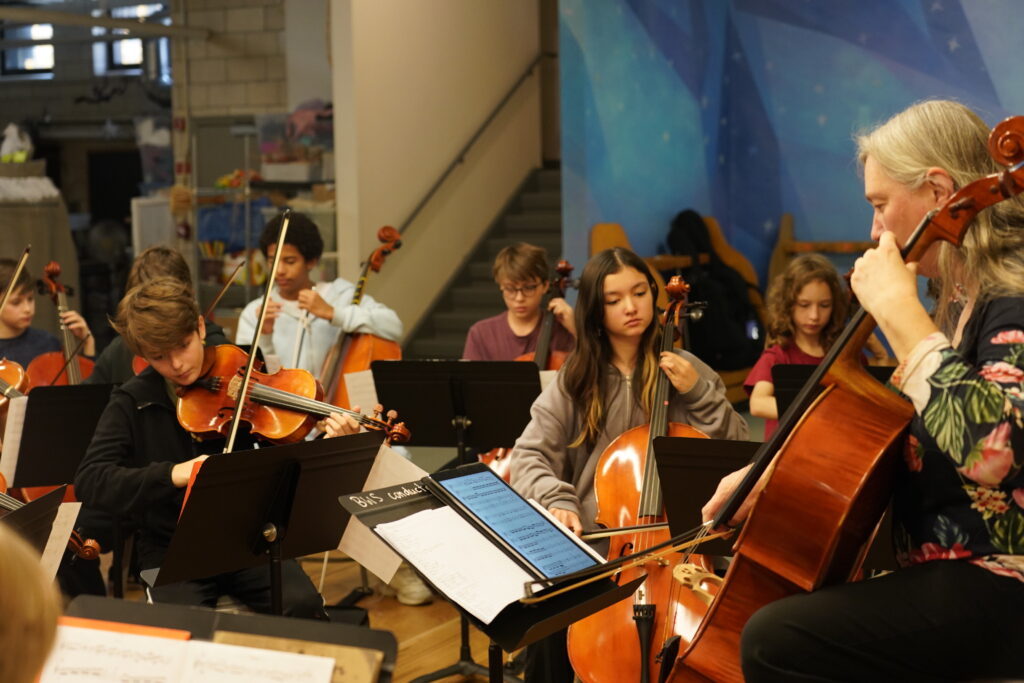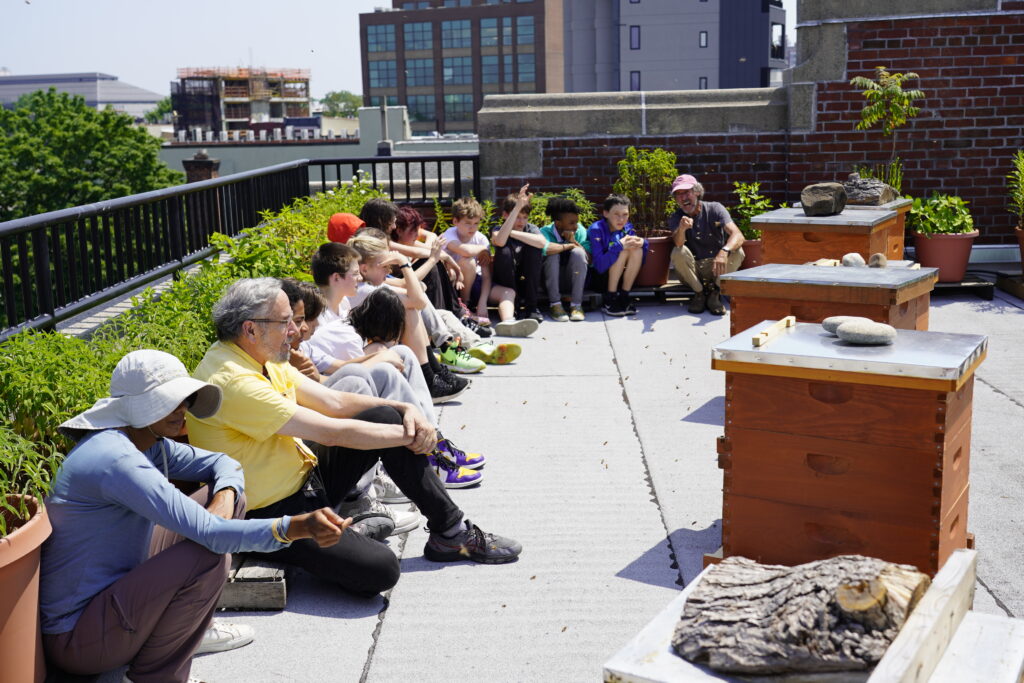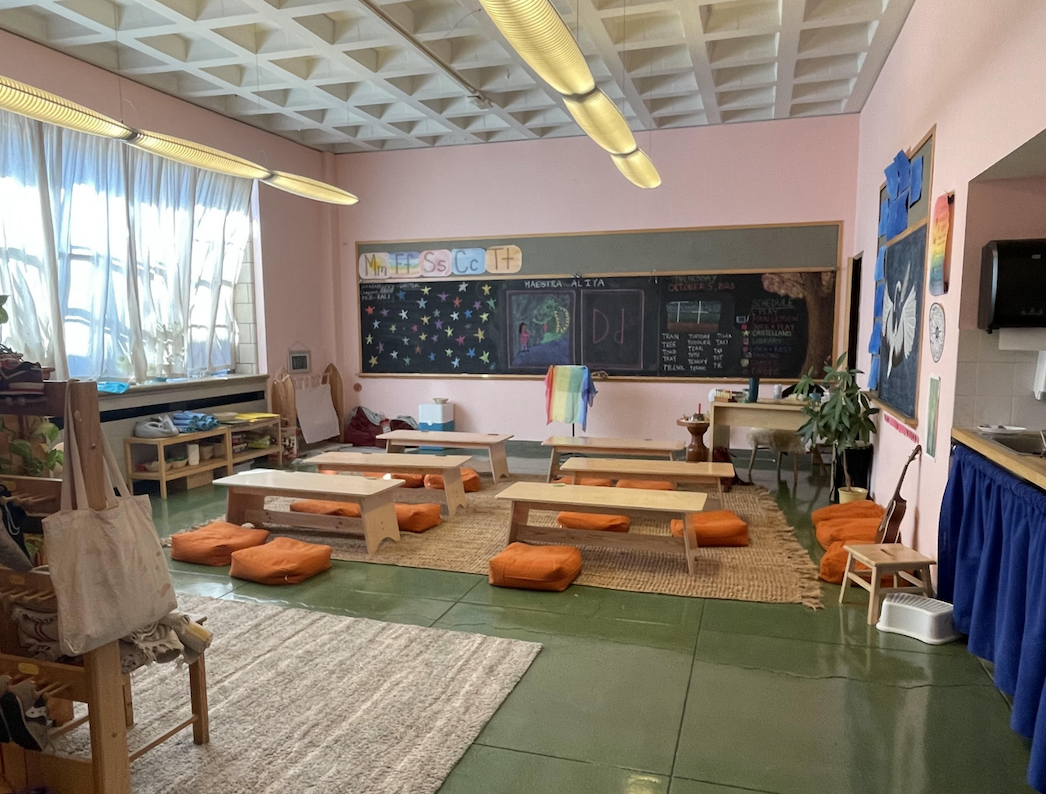Introduction
In an era where technology is ubiquitous, debates over its role in education have become increasingly prominent. The New York Times article titled “Get Tech Out of the Classroom Before It’s Too Late” resonates with concerns regarding the unbridled integration of technology in educational settings. Waldorf education advocates for minimal or no use of technology in the classroom. Both the article and Waldorf education underscore the importance of fostering holistic learning environments that prioritize human interaction, creativity, and critical thinking over reliance on digital devices.
Harmful Effects of Technology in Schools & Waldorf Philosophy
The New York Times article highlights the detrimental effects of excessive technology use in schools, ranging from decreased attention spans to diminished social skills. It cautions against the overreliance on gadgets, which can hinder students’ ability to engage deeply with subjects and develop essential interpersonal skills. Similarly, Waldorf education emphasizes the value of hands-on, experiential learning that encourages imagination and creativity. By minimizing technological distractions, Waldorf schools aim to encourage the development of well-rounded individuals who are capable of navigating the complexities of the modern world.
One of the core principles of Waldorf education is the belief in the importance of human connection and direct experience. Instead of relying on screens for learning, Waldorf classrooms prioritize face-to-face interaction and tangible materials. This approach aligns with the concerns raised in the article regarding the potential isolation and detachment that can result from excessive screen time. By fostering meaningful connections between students and teachers, Waldorf education seeks to nurture a sense of belonging and community within the classroom.
Both perspectives emphasize the need for educators to be intentional about the use of technology in educational settings. Our school emphasizes importance of thoughtful decision-making when it comes to incorporating technology into the learning environment. By critically evaluating the potential benefits and drawbacks of technology, educators can create learning experiences that are enriching and meaningful for students.
Conclusion
By finding a balance between the benefits of technology and the need for human interaction, educators can create learning environments that inspire and empower students to thrive in an increasingly digital world.
A link to The New York Times article by Jessica Grose can be found here: https://www.nytimes.com/2024/04/10/opinion/schools-technology.html











